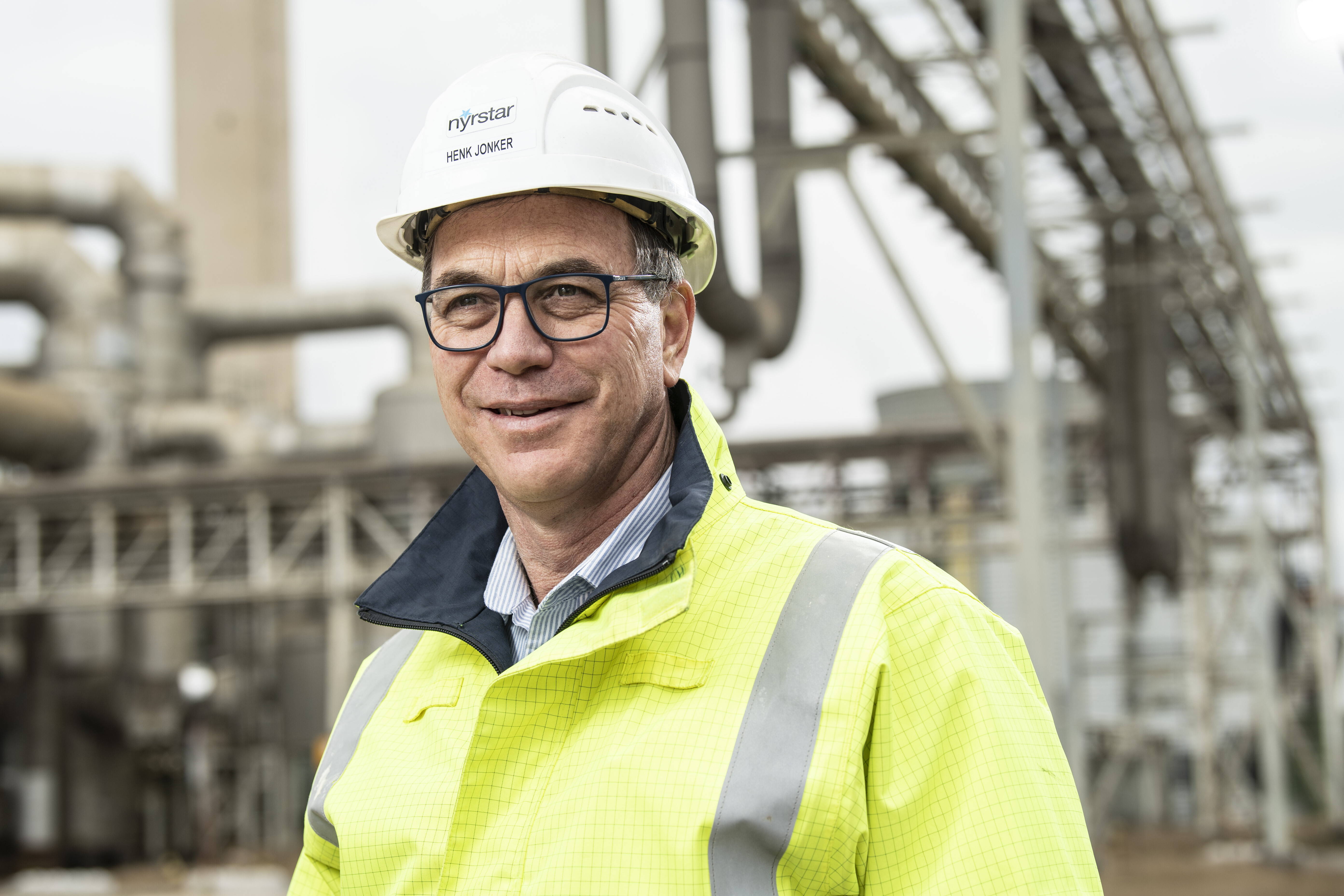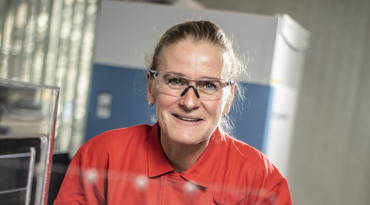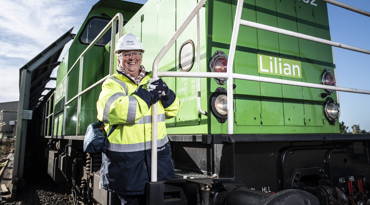‘At Nyrstar we’re constantly working to improve our operations. To this end, our sites regularly go into what we call a “shutdown”,’ says Henk Jonker, Global Head of Project Execution. For these projects he has an annual budget of approximately 300 million US dollars (278 million euros).
Henk Jonker uses that budget both to sustainably maintain the current capacity and to finance improvement projects, most of them with a payback period of less than two years.
The majority of those sustainability and improvement projects are carried out during the planned shutdowns. Depending on the systems and the activities, such a maintenance stop occurs on average every two years. A shutdown normally lasts a month but can also take longer, depending on the work needing to be done.
Advantages
‘Planning a maintenance stop starts eighteen months in advance. We need that time, among other things, to order parts and to get the necessary employees and specialists on site.’ Each shutdown is managed and carried out by experienced personnel and contractors. Major maintenance stops can involve up to 300 people. One major upcoming project is the construction of a new electrolysis plant at Nyrstar Hobart, Australia.
‘In addition to the existing installation, we’ll soon be building a new electrolysis installation there,’ says Henk Jonker. ‘As soon as it’s completely ready, probably in three years’ time, we’ll decommission the older

Planning a maintenance stop starts eighteen months in advance. We need that time, among other things, to order parts and to get the necessary employees and specialists on site.
Henk Jonker,
Global Head of Project Execution at Nyrstar
installation for good. The new system will work faster, more automatically and more safely, will be able to produce more cathode zinc per year and will function much more energy efficiently.’
More sustainable
‘We are constantly looking for such improvements,’ Henk Jonker insists. ‘Process improvements, better logistics: literally everything in our business is eligible.’
Closer to home, adjustments were recently made at the Budel (Netherlands) site. In this way, approximately 200,000 tons of Budel Leach Product (zinc production by-product) can be transported annually by rail, and no longer by truck, for onward shipping.
Henk Jonker: ‘Train wagons have been transporting raw materials from the port of Antwerp to our sites in Balen in Belgium and Budel in the Netherlands for more than ten years. Now products are also transported in the opposite direction from Budel.’
Today the trains run full there and back five days a week. That’s 7,200 fewer truck journeys per year. ‘That saves us time, money and, because of the CO2 savings, is also more sustainable,’ Henk Jonker concludes.


